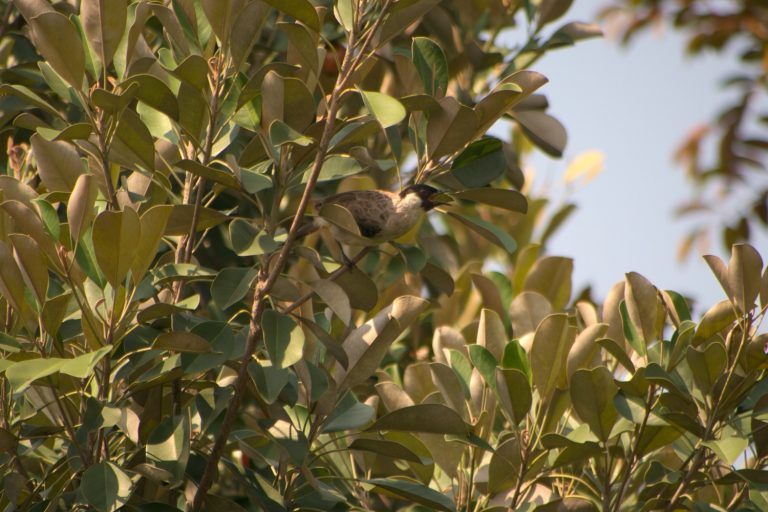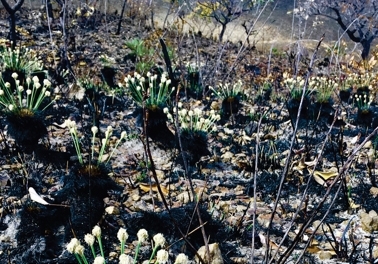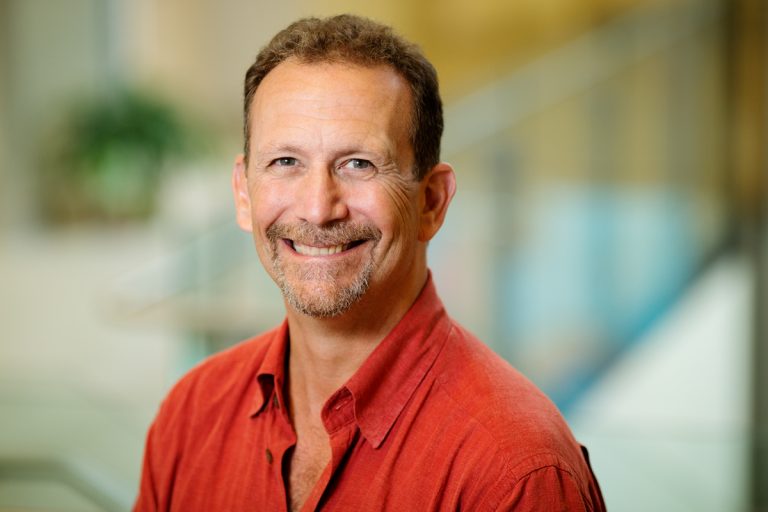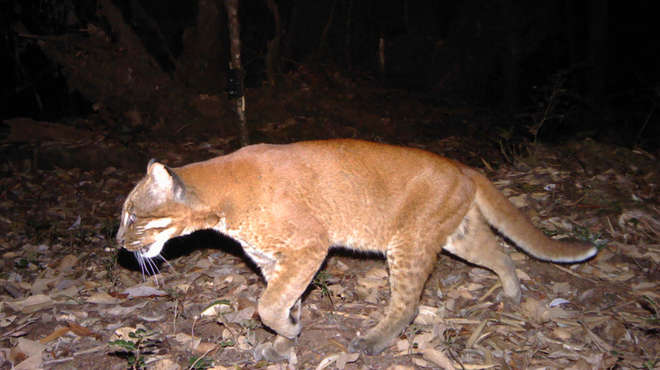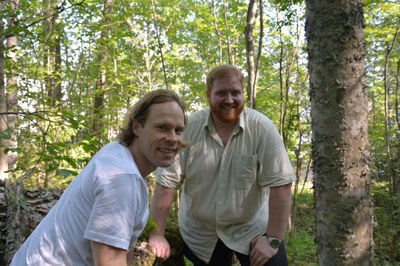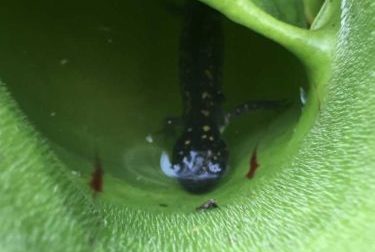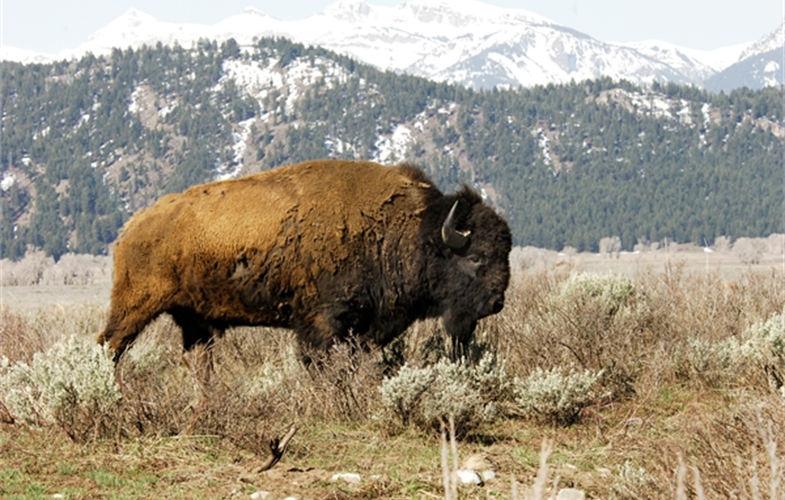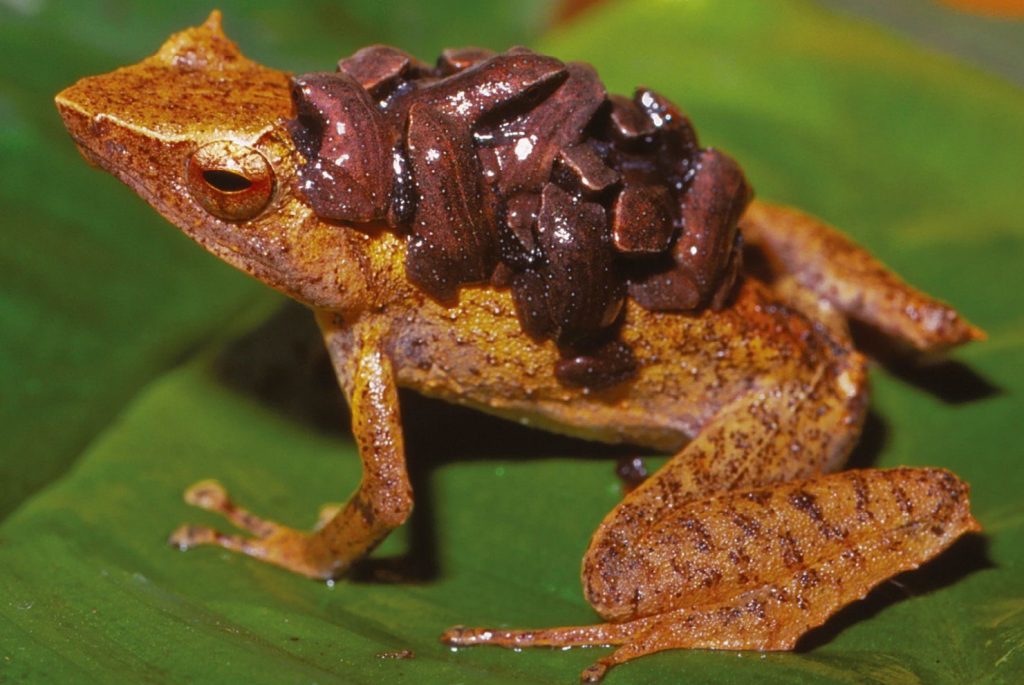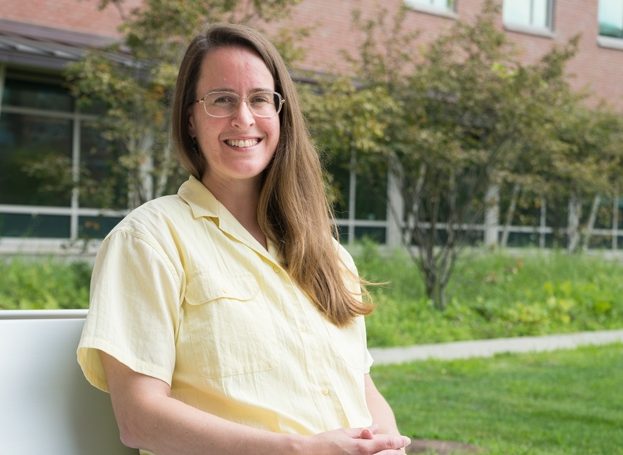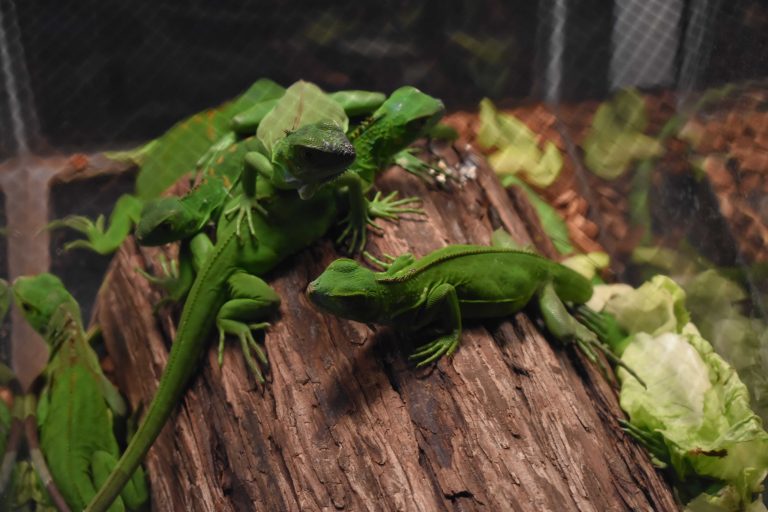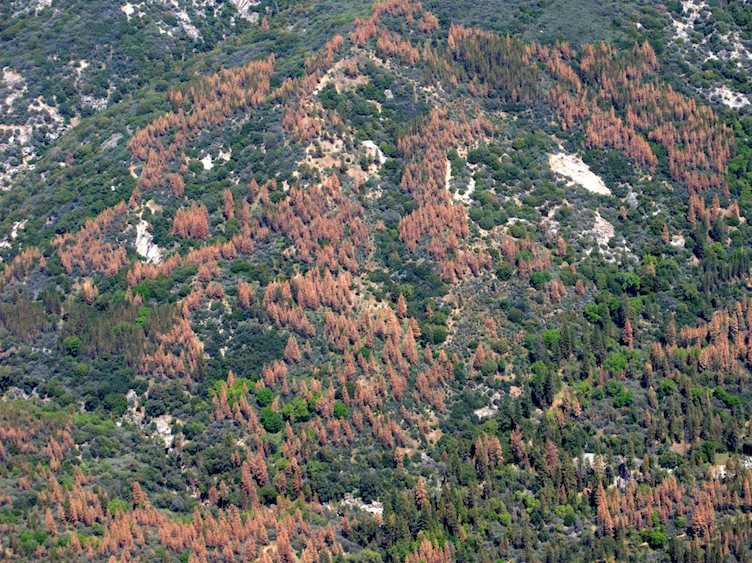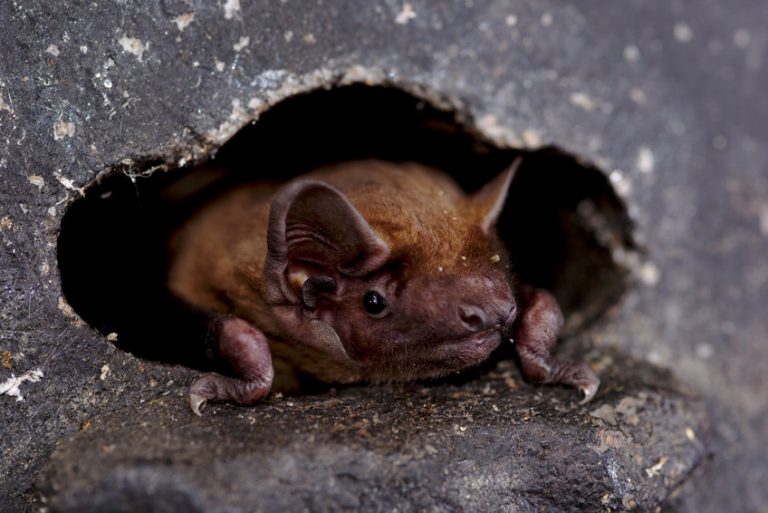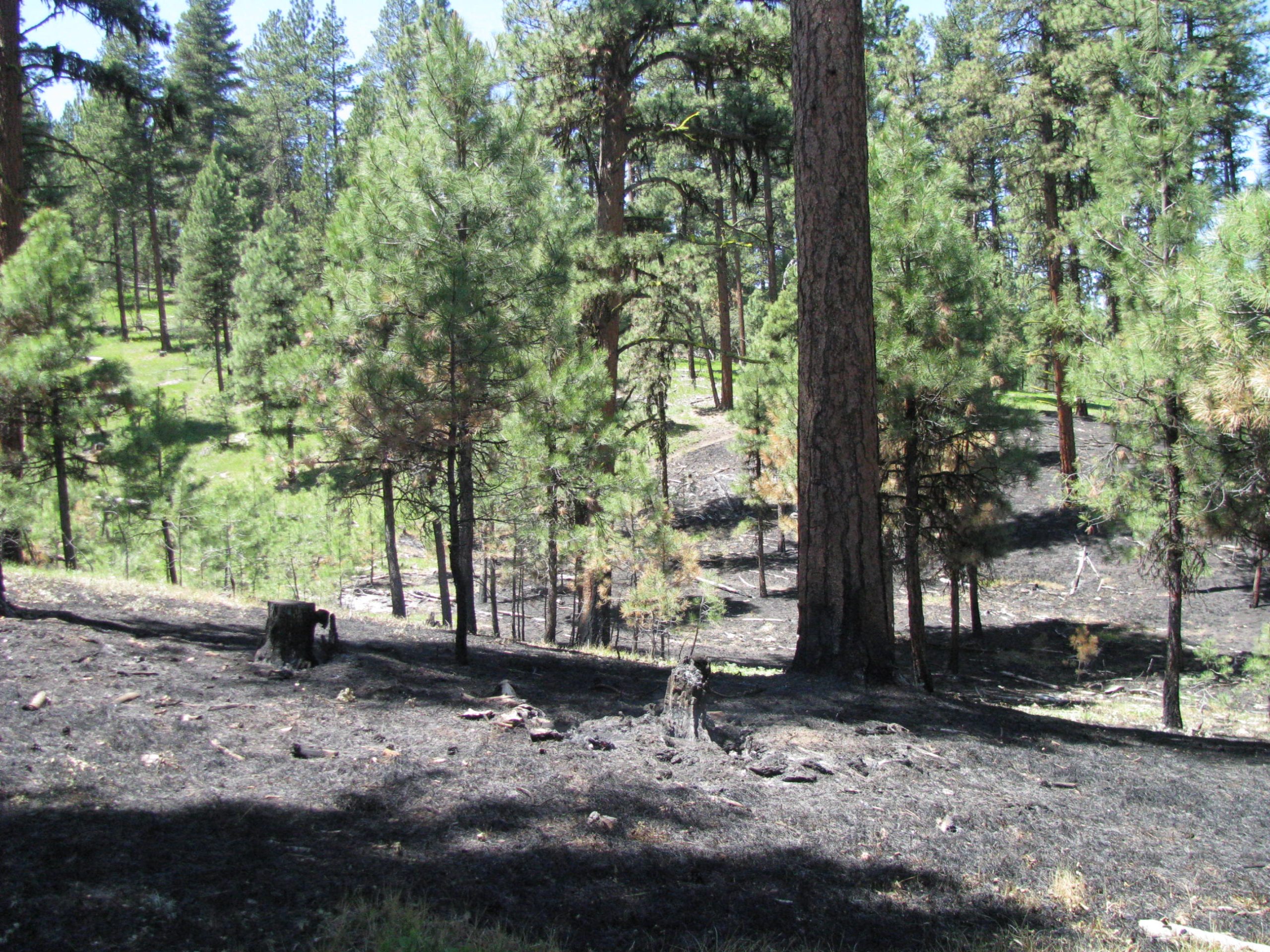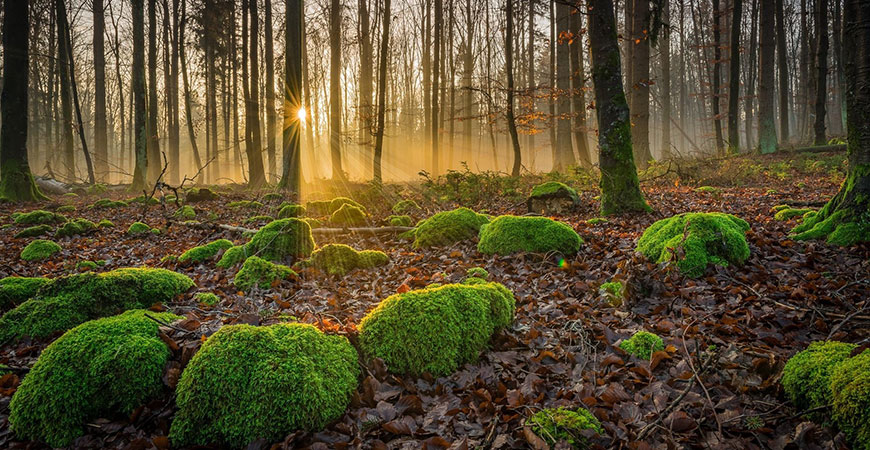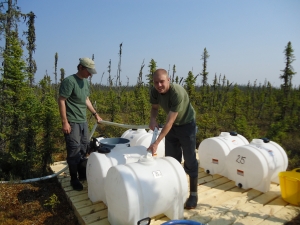
Villanova University Researchers Part of Team in Determining the Critical Load of Atmospheric Nitrogen Endangering Northern Alberta Peat Bog Ecosystems
By Villanova University 6/19/2019 Three Villanova University researchers, part of a team that through a five-year study in Alberta, Canada determined the “critical load”—or recommended maximum amount of nitrogen that can enter the region’s peat bogs through precipitation without causing damage to its ecosystem—have released their findings in an article published June 18 in Ecological Monographs. Titled “Experimental Nitrogen Addition Alters…

